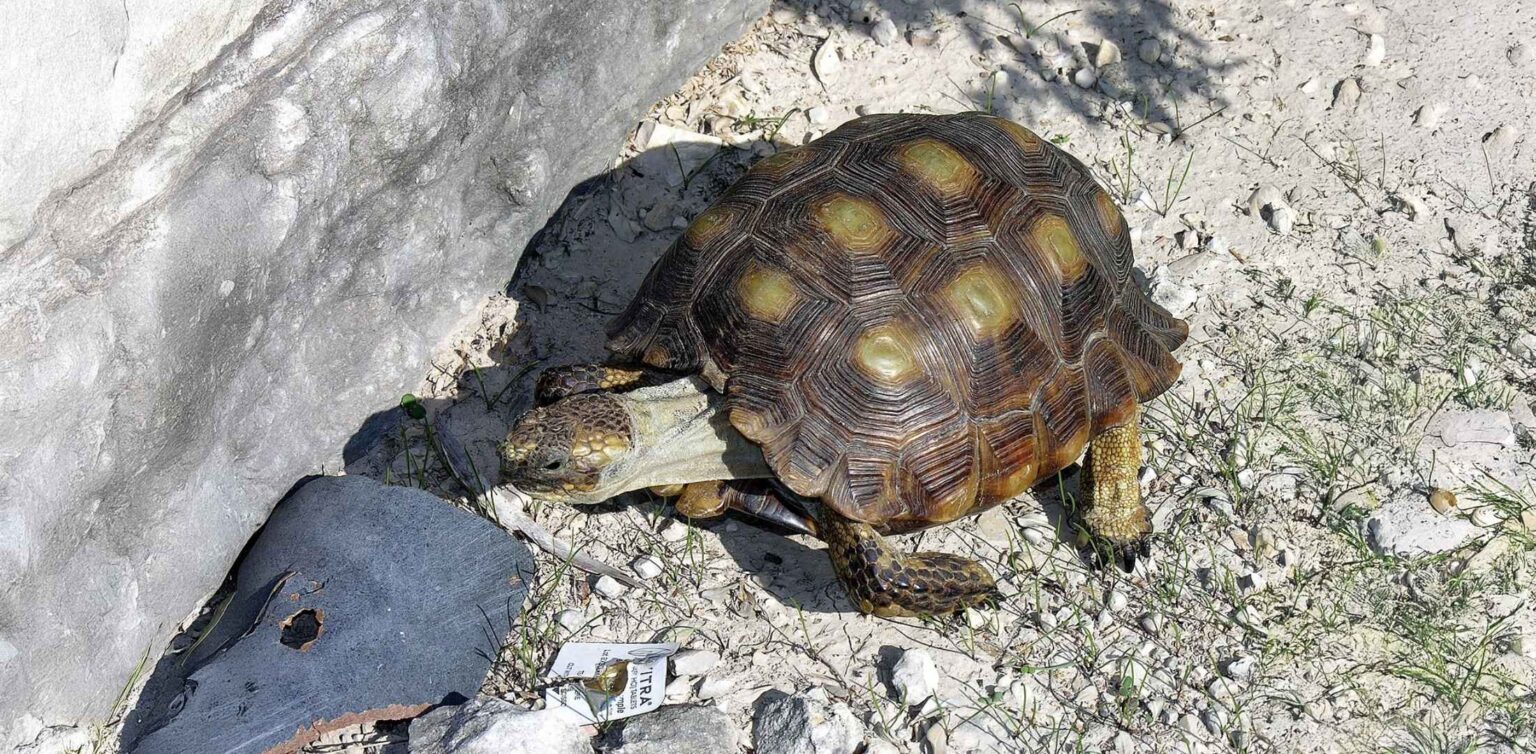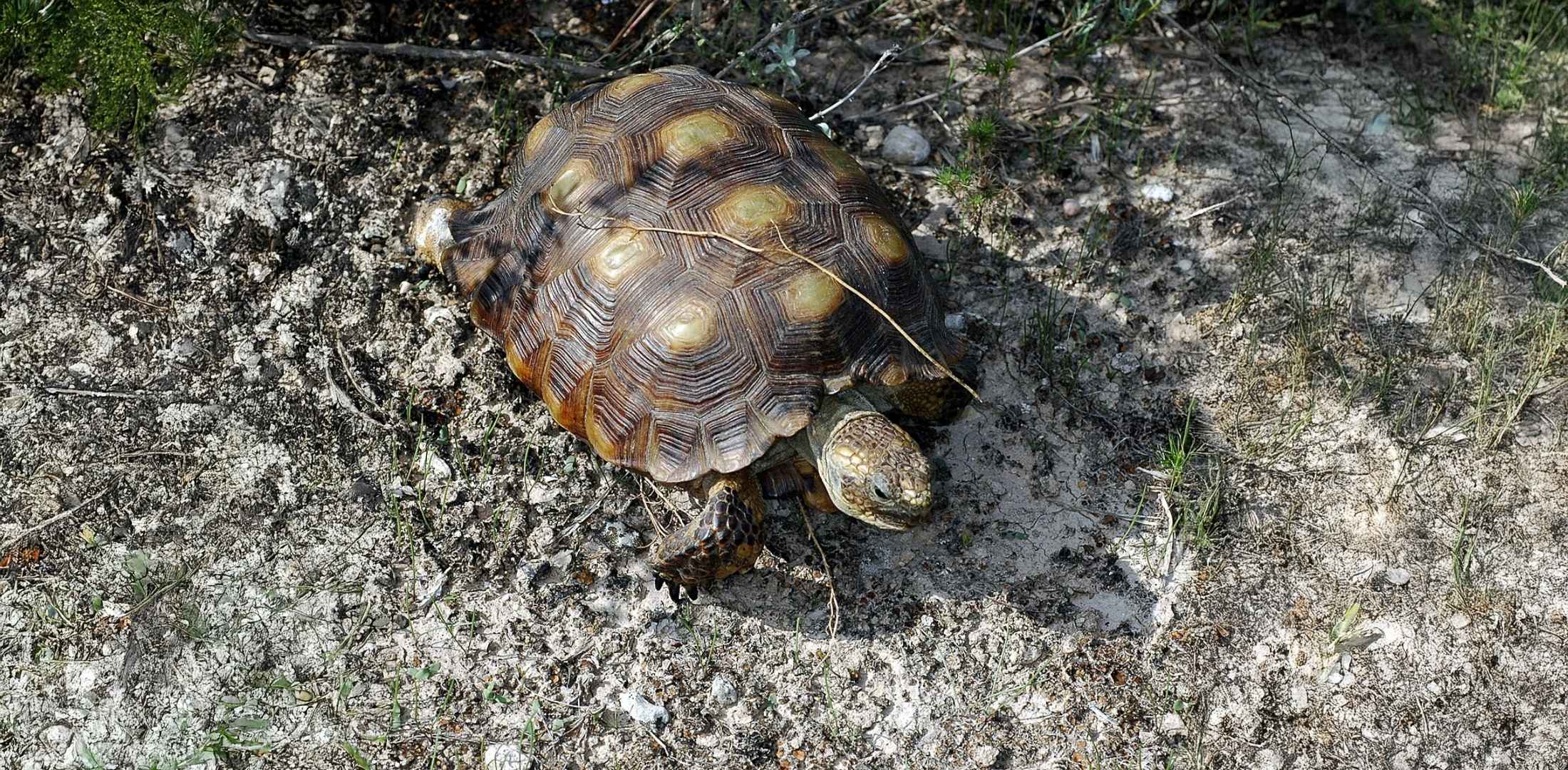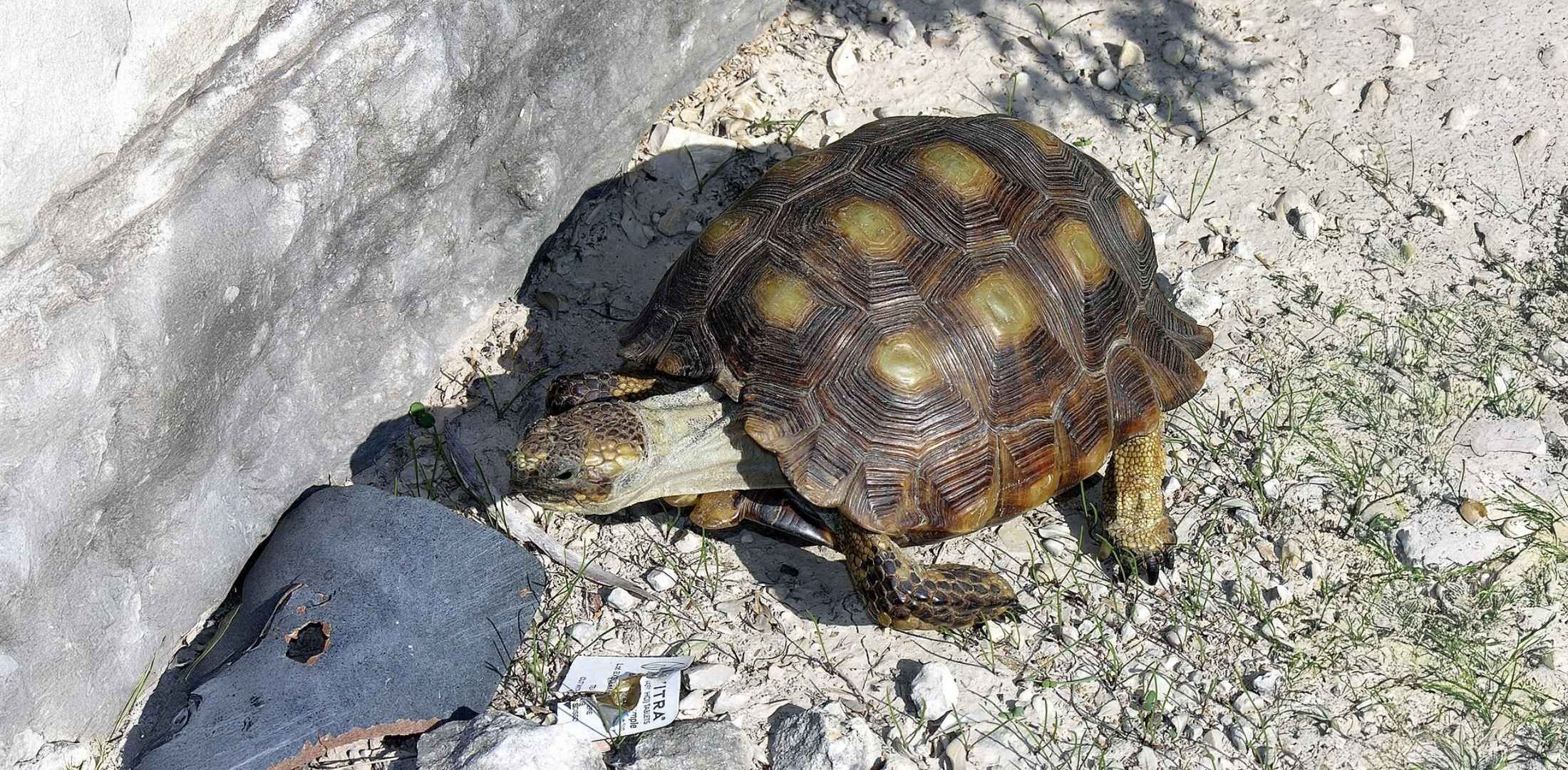The Texas tortoise (Gopherus berlandieri) is a remarkable species native to the Rio Grande Valley in South Texas. This unique tortoise has a rich history that reflects the natural heritage and ecological significance of the region. In this post, we will explore the fascinating history of the Texas tortoise, its natural habitat, and its importance in the local ecosystem.
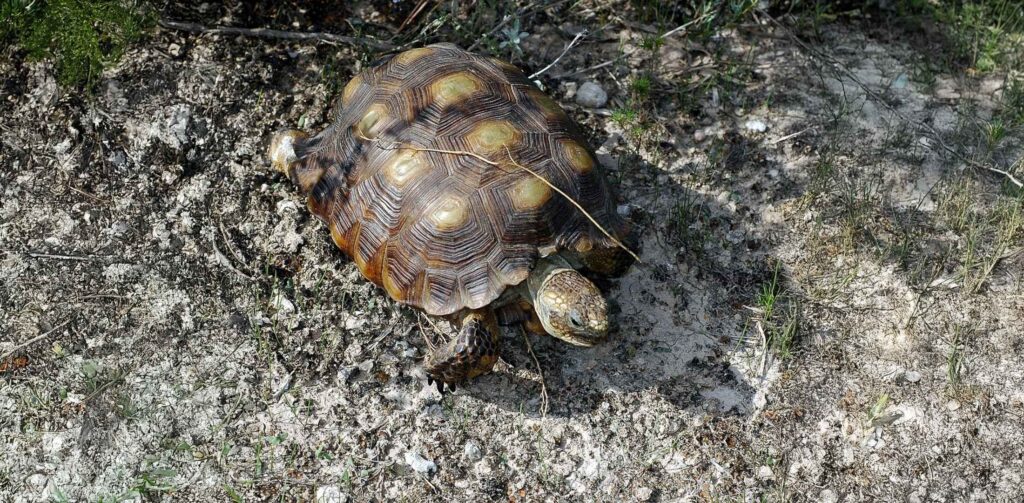
A Brief History
The Texas tortoise was first described by French naturalist Jean Louis Berlandier in the early 19th century. Berlandier’s explorations in the Rio Grande Valley, led to the discovery of many species, including the Texas tortoise. His findings were documented and published in various scientific journals of the time, bringing international attention to the biodiversity of the Rio Grande Valley.
The Natural Habitat
The Texas tortoise primarily inhabits the semi-arid brushlands and prairies of the Rio Grande Valley. This region, also known as the Lower Rio Grande Valley, is characterized by its unique combination of subtropical and desert-like environments. The tortoise thrives in habitats with sandy soils, dense shrubbery, and an abundance of native grasses and cacti.
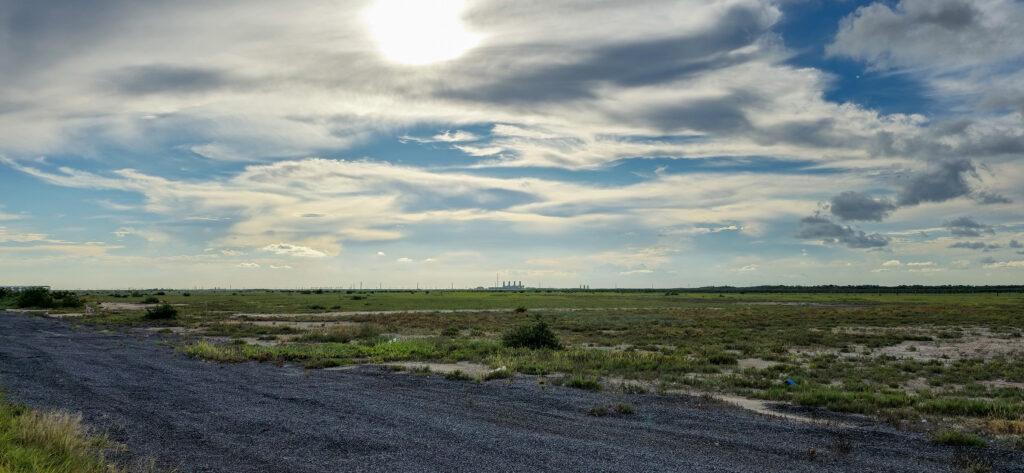
Ecological Significance
The Texas tortoise plays a crucial role in the local ecosystem. As herbivores, they contribute to seed dispersal and the maintenance of plant diversity. Their burrowing behavior also helps to aerate the soil and create habitats for other species. The presence of the Texas tortoise is an indicator of a healthy and balanced ecosystem.

Key Historical Events
- 1830s: Jean Louis Berlandier conducts extensive explorations in the Rio Grande Valley, documenting the Texas tortoise among other species. His work is published in scientific journals, highlighting the region’s biodiversity.
- 1939: The Texas tortoise is officially recognized as a distinct species by the scientific community. This recognition marks an important step in understanding and conserving the species.
- 1977: The Texas Parks and Wildlife Department lists the Texas tortoise as a threatened species, emphasizing the need for conservation efforts to protect its dwindling population and habitat.
- 1980s: Research by local universities uncovers critical information about the behavior, diet, and reproductive habits of the Texas tortoise, furthering conservation efforts.
- 1990s: Several conservation initiatives are launched in the Rio Grande Valley to protect the Texas tortoise and its habitat. These efforts include habitat restoration projects and public awareness campaigns aimed at educating the community about the importance of conservation.
- 2000s: Advances in satellite tracking and GIS technology allow for better monitoring of Texas tortoise populations and their movements across the Rio Grande Valley.
- 2010: A major study highlights the impact of climate change on the Texas tortoise, prompting new conservation strategies to mitigate these effects.
The Texas tortoise is not just a symbol of the natural heritage of the Rio Grande Valley; it is a testament to the resilience and adaptability of wildlife in South Texas. By working together, we can ensure that this fascinating species continues to thrive for generations to come.
References:
- Texas Parks and Wildlife Department: Texas Tortoise
- University of Texas Rio Grande Valley: Conservation Efforts
- Texas Tortoise Organization: Get Involved

